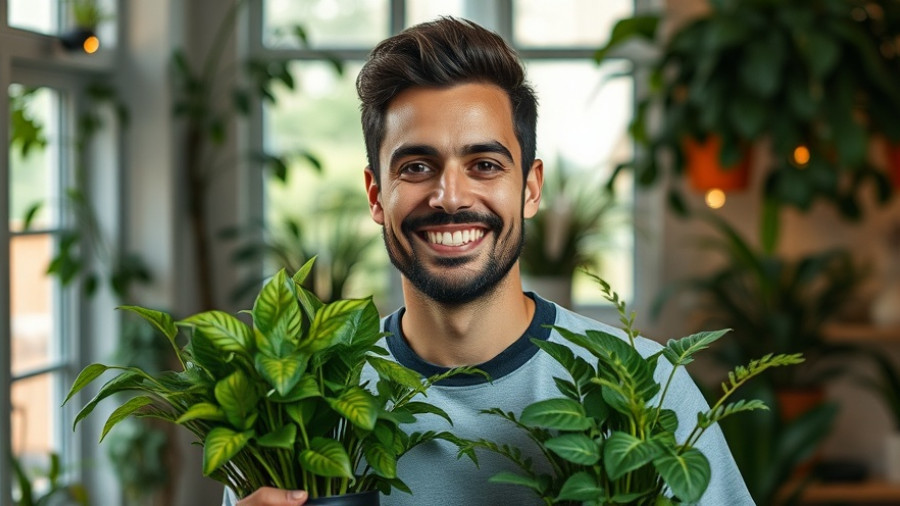
The Hidden Costs of Indoor Gardening You Need to Know
As the garden slows down and temperatures drop, many gardeners are turning to indoor options to keep their green thumbs active. The allure of growing food indoors is enticing, especially during colder months. However, this journey into indoor gardening isn't without its expenses. As enthusiasts, not only do we wish to cultivate fresh produce, but we also want to do so without breaking the bank. Understanding the costs associated with indoor gardening, specifically for heating and lighting, can make a huge difference in your budget and approach.
In 'The Cost Of Growing Food Indoors Part 2 - Featuring Bluetti Elite 200 V2 Portable Power Station,' the conversation shifts to evaluating indoor gardening expenses, prompting us to analyze its financial feasibility.
Assessing Your Gardening Setup: Initial vs. Ongoing Costs
When moving plants indoors, one of the primary changes you will face is the need for supplemental lighting. It's essential to assess your needs carefully, as light requirements vary significantly based on the type of plants you choose. The initial setup costs for LED grow lights can be substantial, averaging around $30 per square foot. However, these costs are just the tip of the iceberg. Once your lights are up and running, it's the ongoing costs that will truly impact your finances.
Breaking Down the Numbers: Grow Lights and Heating
Using grow lights effectively means understanding how much energy they consume. For example, a setup of 30 square feet utilizing 900 watts per hour over 16 hours a day could lead to monthly expenses around $150 when you factor in heating costs as well. These expected costs emphasize the importance of gathering accurate data during your first winter of indoor gardening, especially to minimize surprises in your energy bills.
Year-Round Gardening: Finding the Balance
While the summer months allow for straightforward outdoor gardening, winter brings unique challenges that require research and planning. This includes investing in equipment that can help maintain ideal growing conditions. The model mentioned, the Bluetti Elite 200 V2 Portable Power Station, is an excellent tool for powering your greenhouse efficiently. It highlights that even within the framework of indoor gardening, there are methods to help moderate utility costs.
Practical Tips for Managing Indoor Gardening Costs
For gardeners looking to stretch their budgets while providing their plants with necessary light, a few tips can help you navigate through expenses:
- Utilize LED lights for better energy efficiency.
- Monitor and adjust light durations according to your plants' needs.
- Consider a combination of grow lights and natural light to reduce costs.
- Invest in insulation to lower heating expenses in your greenhouse.
By combining these strategies, you can ensure that your indoor gardening endeavors are both fruitful and financially viable.
Building a Community Around Gardening
Gardening, whether indoors or out, is more than just a financial investment; it’s about personal fulfillment and connection. The process of growing your own food brings families together and fosters a sense of achievement. This journey can also inspire others to adopt sustainable practices and promote healthy living.
As we continue to explore the complexities surrounding indoor gardening, we're reminded of the broader implications it has for health and well-being. Whether it’s pocket-friendly shopping or cultivating your very own produce, every step we take is rooted in the desire for better living.
Check out the full journey on potential savings and the realities of indoor farming in my latest video infusion!
 Add Row
Add Row  Add
Add 




Write A Comment